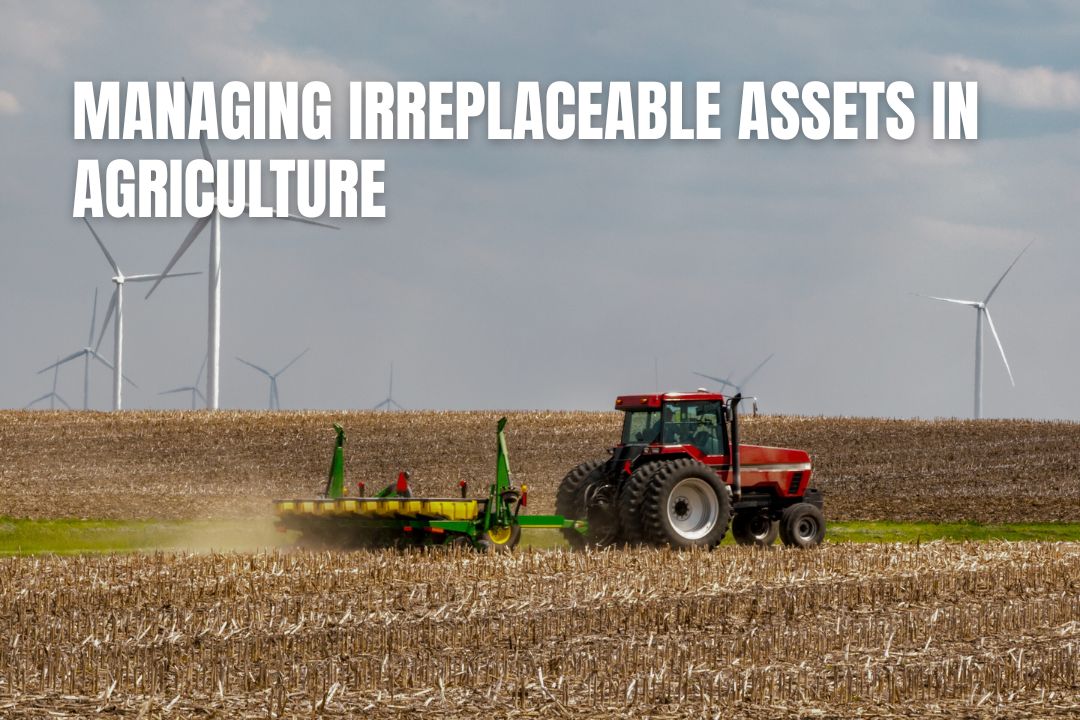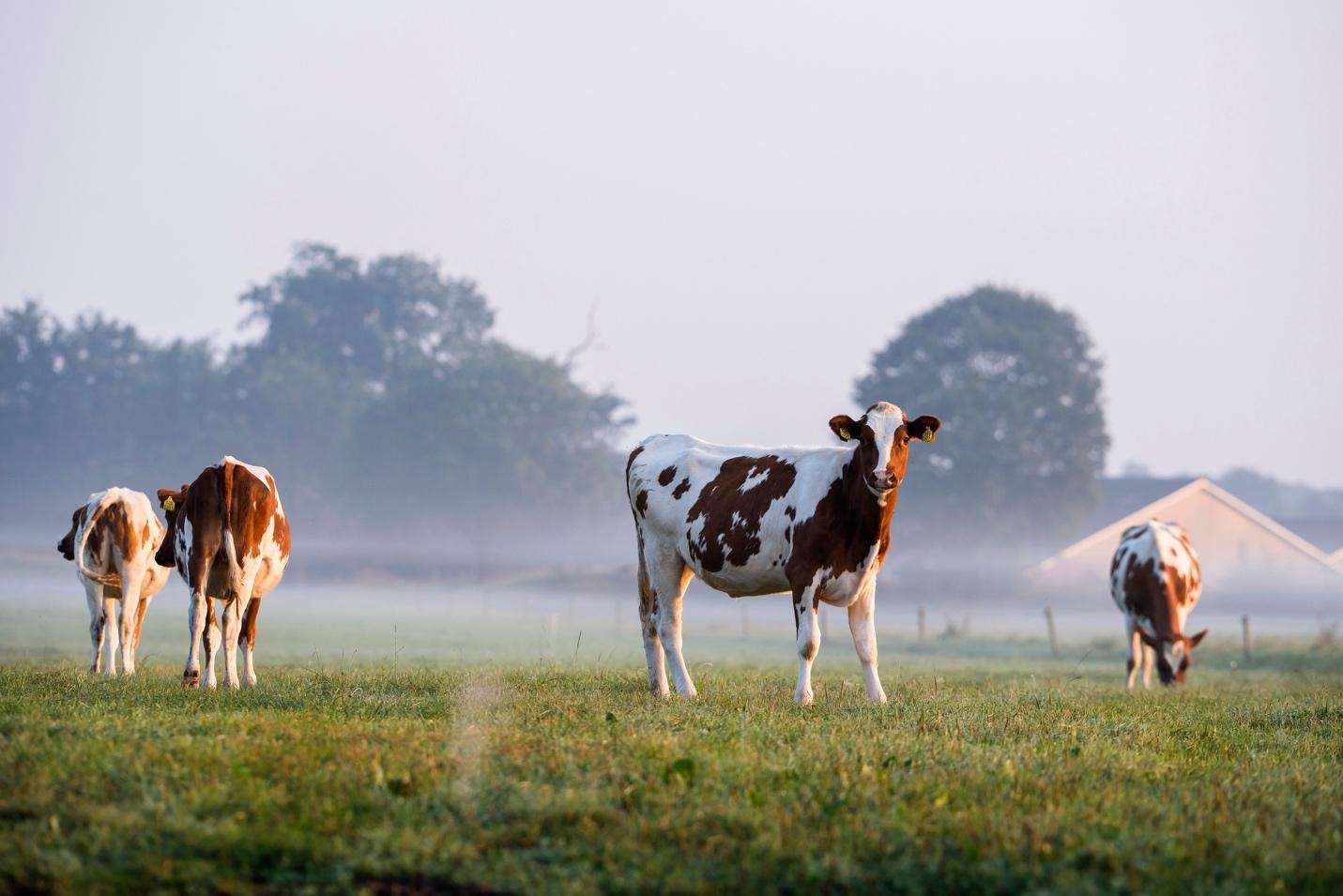Managing Irreplaceable Assets In Agriculture
October 14, 2025

Agriculture relies on assets that cannot easily be replaced. From high-quality livestock to specialized equipment, these resources require careful management to ensure long-term productivity and sustainability. Protecting and maintaining irreplaceable assets is essential for farm operations, financial stability, and operational efficiency.
Key Takeaways on Managing Irreplaceable Assets In Agriculture
- Protect Your Livestock: Your livestock, especially breeding animals, are critical. You can safeguard their value through diligent health management, including vaccination programmes and proper nutrition, alongside meticulous digital record-keeping to track genetics and performance.
- Maintain Equipment and Tools: Specialised machinery like tractors and harvesters represents a huge investment. You must prioritise regular maintenance, proper calibration, and secure storage to prevent costly downtime and prolong the life of these essential assets.
- Preserve Land and Resources: Your land is fundamentally irreplaceable. You can maintain its long-term viability by actively managing soil health through practices like crop rotation and protecting vital water resources with efficient irrigation systems.
- Implement Risk Management: You cannot predict every event, so having a safety net is crucial. Tailored insurance for livestock, equipment, and property, combined with solid contingency plans, helps mitigate financial losses from accidents or natural disasters.
- Plan for the Long Term: Ensuring the longevity of your assets requires strategic foresight. You should develop routine maintenance schedules, adopt new technologies for monitoring, and regularly review operational procedures to keep your farm resilient and productive.
Register Your LLC
Company Registration
START NOW
Livestock as Critical Assets
Livestock represents one of the most valuable and irreplaceable components on a farm. Breeding stock, particularly animals with proven genetics, contributes directly to herd quality and future production. Protecting these animals involves health management, secure housing, and regular monitoring. Vaccination programs, proper nutrition, and disease prevention protocols reduce the risk of loss and preserve the long-term value of livestock investments.
Record-keeping is also crucial. Tracking lineage, vaccination history, and performance metrics allows farmers to make informed decisions about breeding and herd management. Digital tools and software platforms are increasingly used to streamline these records, helping maintain the integrity and traceability of livestock assets.
Equipment and Specialized Tools
Certain agricultural equipment is highly specialized and cannot be replaced easily. Tractors, harvesters, irrigation systems, and precision farming technologies represent significant investments. Regular maintenance, calibration, and timely repairs are essential to prevent downtime and extend the life of these assets. Protecting this equipment also involves secure storage and climate-controlled environments to avoid damage from weather and environmental factors.
Small but vital tools, like those used in branding and marking, also require attention. Working with a reputable branding iron manufacturer ensures that tools are precise, durable, and effective, protecting the integrity of livestock identification programs. Proper handling and storage of these tools are necessary to prevent loss or damage.
Land and Natural Resources
Land itself is an irreplaceable asset. Soil quality, water availability, and infrastructure impact crop yields and long-term farm viability. Crop rotation, cover cropping, and soil testing help preserve soil health, while water management systems protect irrigation resources and reduce waste. Maintaining fences, drainage, and storage facilities ensures that land remains productive and secure.
Risk Management and Insurance
Even with careful management, risks remain. Natural disasters, disease outbreaks, and accidents can threaten assets. Insurance programs tailored to livestock, equipment, and property provide a safety net that mitigates financial losses. Risk management also involves contingency planning, such as backup power systems for critical operations and emergency response protocols.
Strategic Planning for Asset Longevity
Long-term planning is essential for preserving irreplaceable agricultural assets. Strategic investments, routine maintenance schedules, and continual monitoring help maintain value over time. Collaborating with experts, adopting technology, and training staff in proper handling practices strengthens the resilience of both livestock and equipment. Additionally, regularly reviewing operational procedures, updating emergency preparedness plans, and integrating predictive analytics can help identify potential risks before they become critical, ensuring that assets remain productive, safe, and sustainable for future farming cycles.
Effectively managing irreplaceable assets ensures operational continuity, supports financial stability, and safeguards the farm’s future. From high-value livestock to specialized tools and productive land, careful planning and consistent attention create a sustainable framework for agricultural success. For more information on managing irreplaceable assets in agriculture, look over the infographic below.

FAQs for Managing Irreplaceable Assets In Agriculture
Why is livestock considered an irreplaceable asset?
Livestock, particularly breeding stock with proven genetics, is foundational to your farm's future productivity and quality. Losing these animals means losing years of genetic progress and investment, which cannot be quickly or easily replaced.
What are the best ways to protect specialised farm equipment?
You should follow a strict schedule for regular maintenance and repairs. Additionally, protecting your equipment from the elements by using secure, climate-controlled storage is essential to prevent weather-related damage and extend its operational life.
How can I manage my land to ensure its long-term value?
To preserve your land, you should focus on sustainable practices that protect soil health, such as crop rotation and cover cropping. Effective water management and maintaining infrastructure like fences and drainage systems are also key to keeping your land productive.
Is insurance really necessary if I already have good management practices?
Yes, it is. Even the best management cannot prevent natural disasters, unexpected disease outbreaks, or accidents. Insurance provides a critical financial safety net, helping you recover from significant losses and ensuring your farm's operational continuity.
How can technology help manage my farm's assets?
Technology offers powerful tools for asset management. For instance, digital platforms like those offered by Storific can streamline livestock record-keeping, while precision farming technologies help optimise the use of equipment and natural resources, improving efficiency and longevity.

